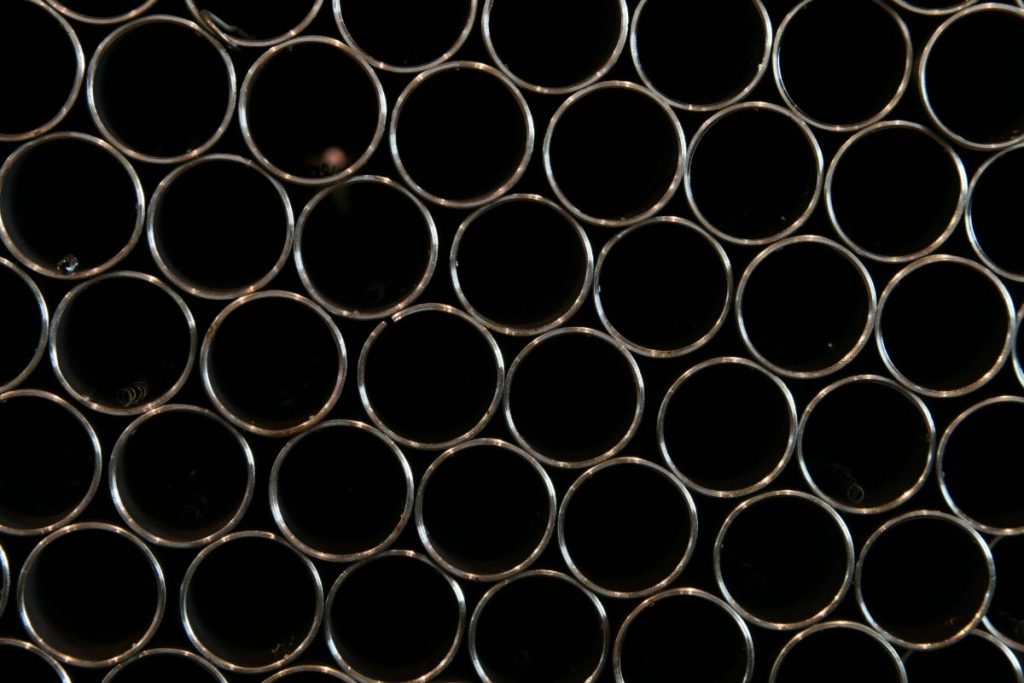Why do black iron and steel pipes have different costs?
- Raw material differences
- Production methods
- Energy and labor costs
- Post-processing treatments
- Market demand and pricing factors
Overview
- Black iron and steel pipes show clear cost differences, even when used for similar applications, presenting a common challenge for buyers in material selection.
- Raw material composition, specific manufacturing methods, associated energy and labor expenses, necessary post-processing treatments, and overall market demand primarily influence these variations in cost.
- Knowing these influencing factors accurately allows for better pipe selection, ensuring the chosen product performs as required and provides good long-term value for its intended purpose.
Material costs remain a consistent pressure point when comparing black iron and steel pipes. Despite being used in similar applications, these two options often come with noticeably different price tags. This raises questions about value, durability, and long-term performance.
This price gap continues to create uncertainty for anyone selecting piping materials, especially when quality standards aren’t always visible from the outset. Without a clear basis for comparison, many are left to rely on assumptions, which increases the risk of misaligned choices.
This article explores why black iron and steel pipes cost differently, unpacking the key factors that shape their pricing in today’s market.
Raw Material Differences
The price disparity between black iron and black steel pipes begins with their material makeup. Black iron pipes are made from mild steel with lower carbon content, which makes them easier to shape and cut.
Black steel pipes, by contrast, contain more carbon, offering added strength and durability that’s better suited for high-pressure and industrial applications.
Beyond composition, the source and grade of raw materials—whether iron ore or scrap steel—can affect both quality and cost. Higher-grade inputs used in black steel production tend to carry a premium. As global prices for steel and iron fluctuate, this impact is more pronounced in black steel pipe manufacturing, where quality thresholds are tighter.
Production Methods
The way each pipe type is manufactured plays a direct role in why black iron and steel pipes cost differently. Black iron pipes are hot-rolled, a simpler, faster process that uses fewer resources and requires less precision, resulting in lower production costs.
Black steel pipes, particularly seamless variants, undergo more advanced processes such as cold forming and extrusion. These methods demand more energy, tighter controls, and higher-grade machinery to meet stricter tolerances, which naturally raises their manufacturing costs.
At Supreme Steel Pipe Corp., we use both ERW and seamless production methods, choosing the right approach based on the pipe’s specifications and intended function.
Energy and Labor Costs
Labor and energy consumption are less visible but equally significant factors in the price difference. Black steel pipes, especially seamless ones, demand more from both inputs. The precision required during forming, testing, and finishing calls for skilled operators and longer production cycles.
In contrast, black iron pipe manufacturing is more straightforward. The processes involved consume less power and are easier to scale with general labor. These efficiencies translate into lower overhead and more stable pricing for end-users.
The nature of the production environment—whether high-volume or highly specialized—helps determine where costs accumulate and how they reflect in final pricing.
Post-processing Treatments
Black steel pipes often undergo post-processing to meet more demanding technical standards. These can include fire-resistant coatings, corrosion protection, or certification-based surface finishing—each step adding cost, time, and material to the final product.
Black iron pipes are delivered in a more untreated form, which is acceptable for residential or light-duty applications. Their manufacturing concludes with fewer steps, allowing for faster turnaround and lower distribution costs.
The difference in treatment is directly tied to usage expectations. While black steel pipes are engineered for more intensive environments, black iron fulfills a broader range of general-purpose needs with minimal enhancement, making black iron a more economical choice where specialized properties aren’t required.
Market Demand and Pricing Factors
Real-world demand is a key contributor to price variation. Black steel pipes serve markets that require performance under pressure, such as gas lines, fire suppression, and structural frameworks. These applications drive consistent demand and sustain pricing at a higher baseline.
Black iron pipes are more commonly found in standard plumbing or low-pressure installations, where performance thresholds are less rigid. Their broader availability and general-purpose utility help keep prices more competitive.
Economic trends, freight costs, and global steel market movements affect both types. However, the demand-driven nature of black steel applications often makes it more responsive to pricing shifts, especially during infrastructure growth or supply constraints.
Key Takeaway
Pipe costs are rarely just about material. They’re shaped by choices—how much performance you need, how it’s made, and whether the extra expense translates into practical value. The key is clarity: understanding what drives the difference lets you choose better, not just spend more.
Find the right pipe for your needs with Supreme Pipe. Our black iron and steel pipes offer unmatched durability and value. Contact us today to learn more.
